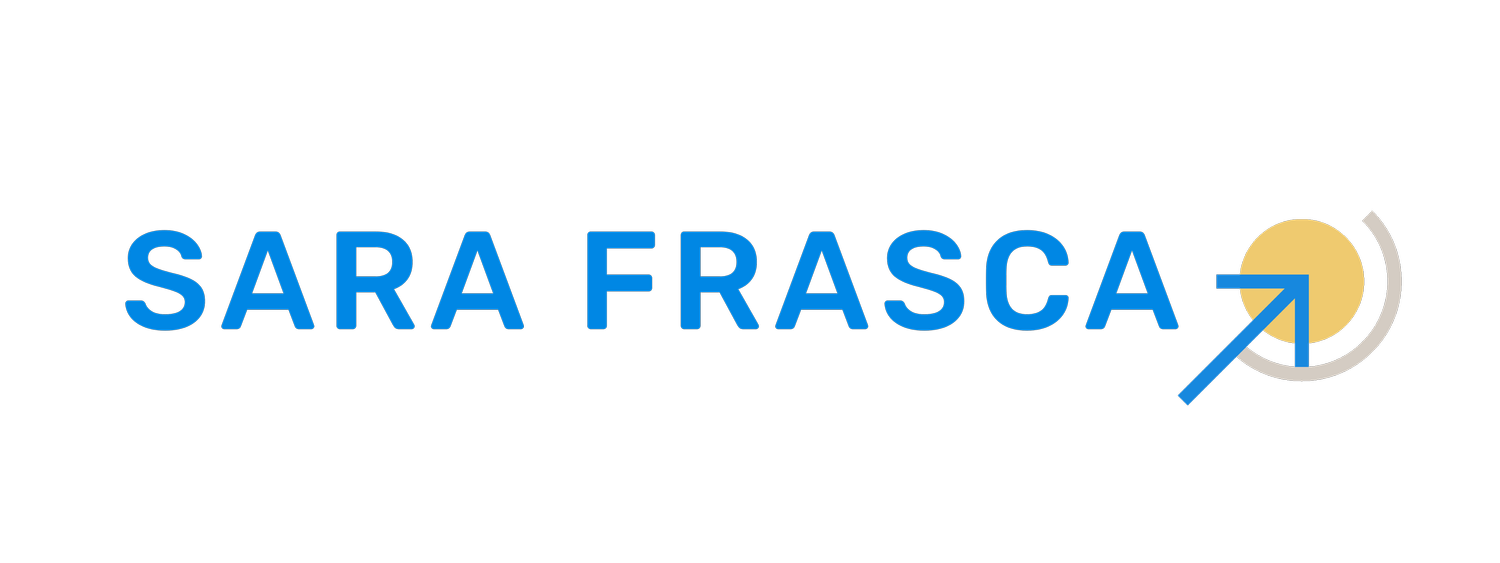From Burnout to Balance: A Leader’s Guide to Employee Well-Being
Let’s get real—burnout isn’t just a buzzword. It’s a red flag.
Even the most driven teams are showing signs of fatigue: less energy, less creativity, and more quiet quitting. But this isn’t about motivation or discipline—it’s about the systems we’ve built. And if we want different outcomes, we need to challenge the way we lead.
That’s where Positive Disruption comes in.
This idea is at the core of everything I speak about. It’s the belief that real, lasting growth only happens when we have the courage to disrupt what’s always been done—and replace it with something better. Burnout is a symptom. Culture is the cause. And leadership is the solution.
Burnout isn’t solved with free snacks or wellness apps. It’s solved when we stop glamorizing overwork and start leading in a way that puts people—and performance—on equal ground.
Here’s how I help leaders like you disrupt the norm and build a culture of balance that fuels real results:
1. Redefine Productivity
We’ve been taught that being busy equals being valuable. But more hours don’t mean more impact. I challenge leaders to flip that script. True productivity is about energy, clarity, and intention. When we give teams space to focus—and permission to rest—we get better work, not just more of it.
2. Have Real Conversations
Burnout thrives in silence. One of the most powerful disruptions you can lead is creating space for people to speak up—without fear. You don’t need to have all the answers. You just need to show up, ask good questions, and listen without trying to fix everything. That’s how trust is built.
3. Build Boundaries Into Your Culture
Balance doesn’t happen by accident—it’s designed. That means building systems that support it: no-meeting blocks, real time-off policies, and clear expectations around availability. Don’t just encourage boundaries—model them. Make it normal to unplug. Make it okay to say no.
4. Empower Instead of Micromanaging
Most people don’t burn out from the work—they burn out from feeling like they’re constantly being watched or second-guessed. Empowerment is a leadership superpower. Set clear goals. Give people ownership. Then get out of the way and let them rise.
5. Don’t Overload the Plate
One of the biggest mistakes leaders make when trying to support well-being is adding more—more tools, more meetings, more initiatives. But your team is already at capacity. Instead of piling on, focus on replacing what no longer serves you.
This isn’t about doing more—it’s about doing things differently.
When you introduce a new idea, ask yourself: What can we take off their plate to make room for this? Otherwise, it’s like trying to fit 20 pounds of stuff into a 10-pound day—and no one wins.
6. Lead the Disruption Yourself
If you’re burned out, your team already knows. Leaders set the emotional tone, whether we like it or not. That’s why disruption has to start at the top. When you protect your energy, take a real vacation, or set boundaries around your time, you’re not just doing it for you. You’re giving your team permission to do the same.
This Isn’t a Perk—It’s a Strategy
Well-being isn’t a soft skill. It’s a business driver. When people feel supported, they don’t just stay—they innovate. They collaborate. They solve bigger problems and bring better ideas to the table. They come with energy!
This is the kind of culture that doesn’t just survive change—it leads it.
If you’re ready to stop reacting to burnout and start creating balance through intentional leadership, let’s talk. Whether you’re planning a team retreat, a leadership event, or a full-blown cultural transformation—this is the disruption your team is waiting for.
Reach out today to learn more about my keynotes and custom workshops. Need Help?
